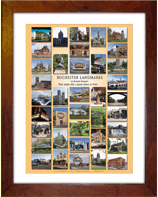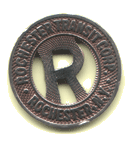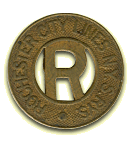The Importance of Regular Tree Maintenance
Regular tree maintenance is crucial to ensure the health and safety of your home environment. Trees can add beauty and value to your property, but without proper care, they may become hazardous. Regular pruning and trimming can prevent potential damage caused by overgrown branches that might fall during storms. According to Tree Care Industry Magazine, the tree pruning and removal industry is a significant source of employment, with approximately 63,700 workers. This highlights the importance and reliance on professional services to keep trees around properties safe and well-maintained.
Tree maintenance is not just about aesthetics; it’s also about preventing potential dangers to your home. Over time, dead or diseased branches can compromise the structural integrity of a tree. Regular maintenance reduces the risk of branches falling unexpectedly, which can cause significant damage to homes and other structures. Ensuring trees are healthy and properly trimmed will minimize this risk, making your living environment safer.
Moreover, investing in regular tree care is a cost-effective measure. The cost of trimming a tree is relatively low compared to the potential expenses incurred from storm damage. According to Forbes, the average cost to trim a tree stands at about $475. This investment can prevent costly repairs down the line, making it an essential part of maintaining your property’s value and safety. Furthermore, hiring professionals ensures the job is done correctly, using the appropriate tools and techniques.
Identifying and Addressing Tree Health Issues
Identifying tree health issues can be challenging for untrained eyes, but it is essential for preventing potential hazards. Trees can suffer from various diseases that compromise their stability and pose risks to nearby structures. For instance, the Emerald Ash Borer is an invasive beetle that specifically targets ash trees, making them especially vulnerable after storms. According to the New Jersey Department of Health, monitoring for such infestations is crucial. Timely intervention and professional care can help manage these issues, protecting your property from potential damage.
Visual inspections are often the first step in identifying tree health problems. Look for signs such as discolored leaves, unusual growth patterns, or the presence of insects. Early detection can prevent the deterioration from spreading and can save the tree with the appropriate care. Healthy trees are better equipped to withstand severe weather conditions, reducing the likelihood of property damage. Regular checks and professional consultations ensure that small issues are caught before they become substantial problems.
In addition to inspections, it is important to understand the specific needs of the trees on your property. Different species have different requirements in terms of soil, water, and sunlight. Engaging with a certified arborist can provide personalized advice on maintaining your trees’ health. Proper care, tailored to the specific types of trees, ensures longevity and vitality. Armed with this knowledge, homeowners can protect their investments and enjoy the many benefits that healthy trees provide, from shade to vibrant landscapes.
Cost-Effective Tree Care Solutions
While professional tree care services are valuable, homeowners can also adopt affordable strategies to maintain their greenery. Simple, consistent maintenance tasks can significantly reduce the need for costly interventions. Regular watering, mulching, and appropriate fertilization can promote tree health, reducing the need for professional services. It’s essential to create a maintenance schedule to keep track of these tasks. By taking proactive steps in tree care, you can minimize expenses and ensure your property remains safe and beautiful.
In addition to routine care, investing in proper tools can make maintenance more efficient and less expensive in the long run. Pruning tools, gloves, and a basic understanding of tree care techniques can empower homeowners to manage small tasks themselves. When minor issues arise, such as small branches that need removal, having the tools and know-how allows for quick, effective action. However, it’s crucial to recognize the limitations of DIY care, particularly with larger or more complex jobs that require professional expertise.
Balancing DIY efforts with professional care is key to maintaining healthy trees without overspending. While regular maintenance can prevent many issues, there will be times when professional intervention is necessary. Establishing a relationship with a trusted arborist can provide peace of mind, knowing expert help is available when required.































